Victoria’s Secret has long been a symbol of sexy and exclusive lingerie, a brand that held a prominent place in the world of fashion. With its iconic “angels” and glamorous fashion shows, the brand set the standard for what many considered the epitome of feminine beauty. However, in recent years, the company made a significant shift in its marketing and image, attempting to embrace a more inclusive approach. This decision has sparked a heated debate and led to a drastic decline in the brand’s financial success.
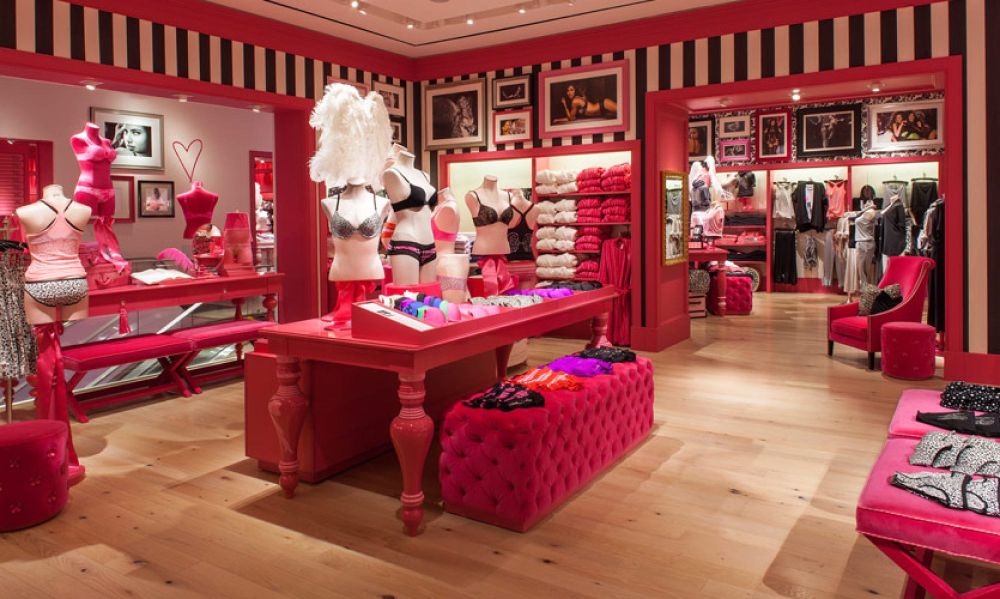
The Traditional Image of Victoria’s Secret. For decades, Victoria’s Secret thrived on its image of sensuality and perfection. The brand was synonymous with supermodels who seemed to embody an unattainable standard of beauty – tall, slender, and often airbrushed to perfection. The annual Victoria’s Secret fashion show was a much-anticipated event that featured these “angels” strutting down the runway in lingerie that exuded glamour and desirability. It was a world of lace, silk, and fantasy.
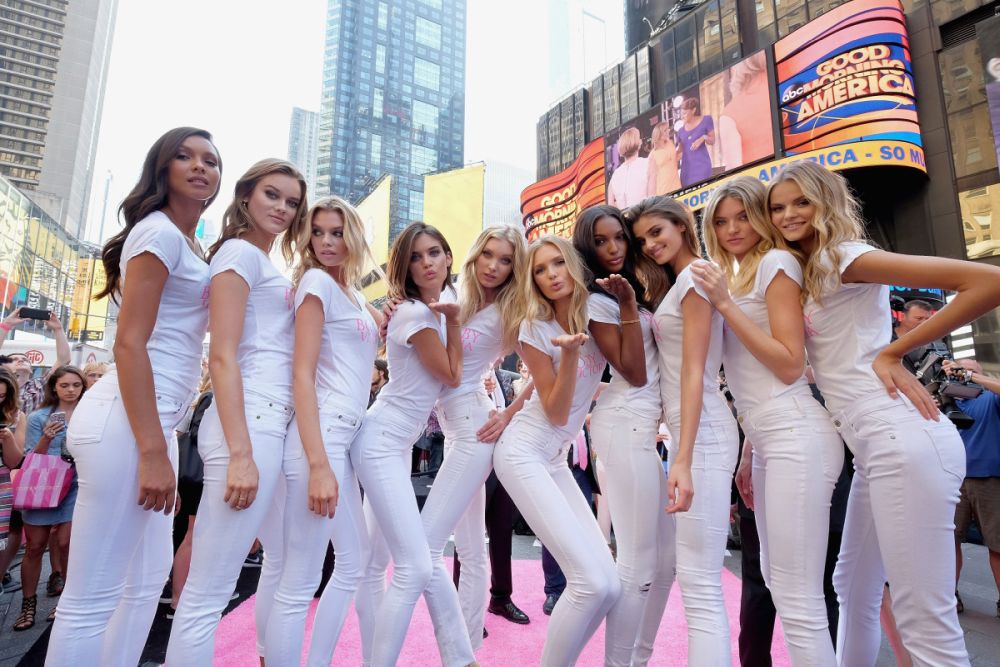
The Shift Towards Inclusivity. In recent years, there has been a growing push for more diversity and inclusivity in the fashion industry. Victoria’s Secret, once a trailblazer, found itself in a position where it needed to adapt to changing societal norms and consumer demands. The brand decided to change its marketing approach by featuring models of various body types, including plus-size and differently-abled individuals.
This move was aimed at making the brand more relatable and diverse. It was an attempt to break free from the traditional stereotype of beauty and appeal to a broader audience. While this shift towards inclusivity was well intentioned, it would have unforeseen consequences.

The Fallout: Financial Losses and Criticism. Victoria’s Secret’s decision to embrace inclusivity came with significant consequences. The brand, which once dominated the lingerie market, saw a sharp decline in its sales and stock value. The drop from $7.5 billion in revenue in 2020 to a projected $6 billion in 2023 is a testament to the magnitude of this shift.
Critics argue that this transformation failed to resonate with consumers. The attempt to redefine beauty standards was seen as disingenuous. Women, who had aspired to the traditional Victoria’s Secret image for years, felt misled. The attempt to create a more inclusive brand seemed to diminish the essence of aspiration and idealization that has been a driving force in the world of fashion.
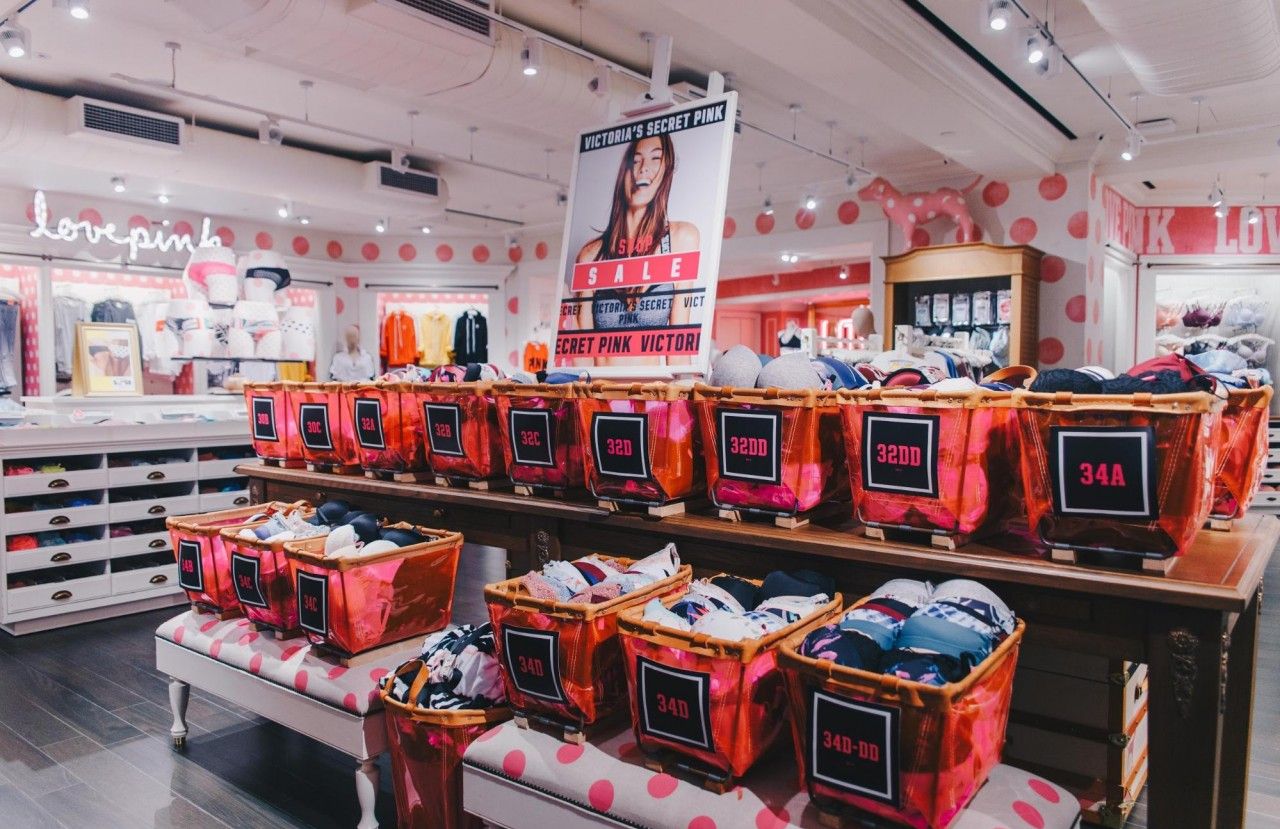
The Paradox of Beauty Standards. The Victoria’s Secret controversy highlights a paradox in our society’s perception of beauty standards. On one hand, there’s a push for inclusivity and acceptance of diverse body types, which is undoubtedly a positive development. On the other hand, there’s an enduring fascination with aspirational beauty that has always been at the core of the fashion industry. The debate on the impact of media portrayal on individual psychologies rages on. While some argue that representations in the media significantly shape our perceptions, others believe that individual beauty standards are more resilient. The essence of dreaming, of aspiring to something greater, is deeply ingrained in the human psyche.
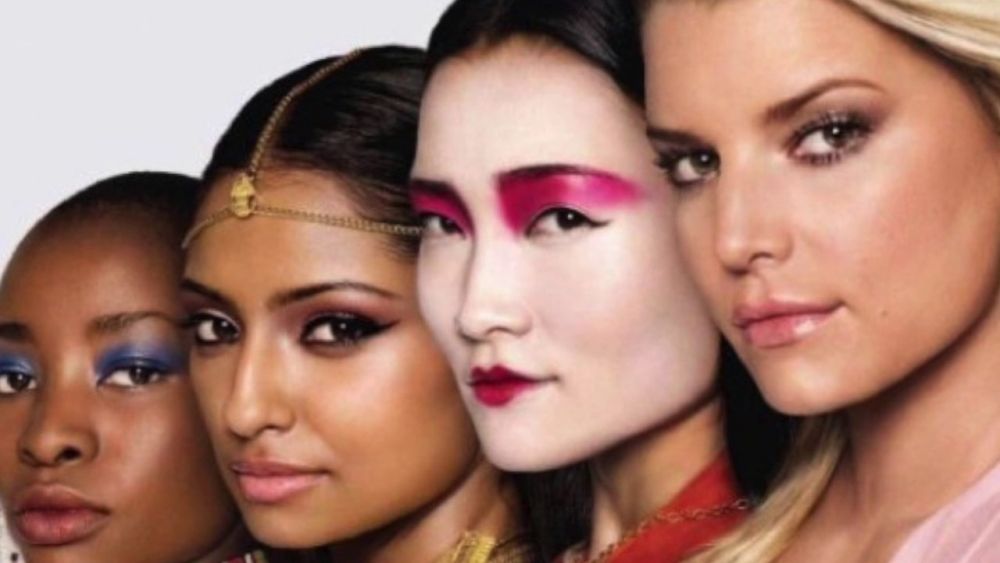
The Victoria’s Secret controversy serves as a microcosm of the larger debate on beauty standards and the fashion industry’s role in shaping them. It reflects the delicate balance between embracing inclusivity and maintaining the aspirational aspects of fashion. In a world where the definition of beauty is ever-evolving, it’s crucial to remember that both diversity and aspiration have their places. Ultimately, it’s about respecting individual beauty standards and understanding that people will always aspire to what they don’t have. It’s this aspiration that fuels the fashion industry and, indeed, our dreams.
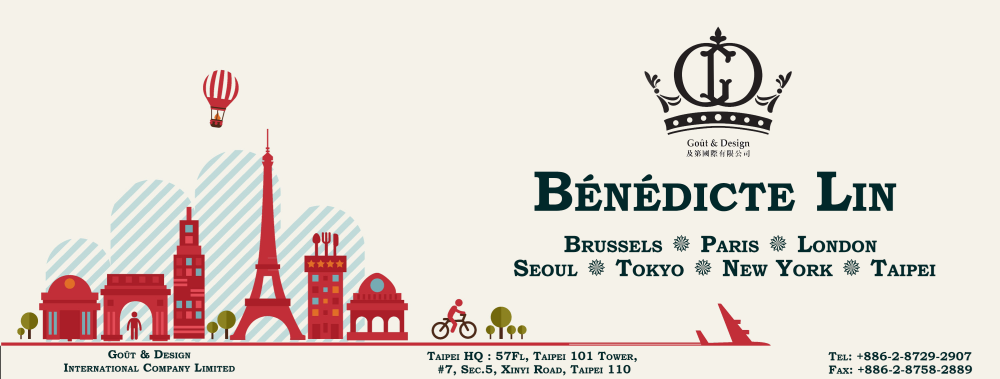
#VictoriaSecret #FashionIndustry #BeautyStandards #Inclusivity #FashionDebate #Aspiration #BodyPositivity #Lingerie #FashionTrends #SocietalNorms
